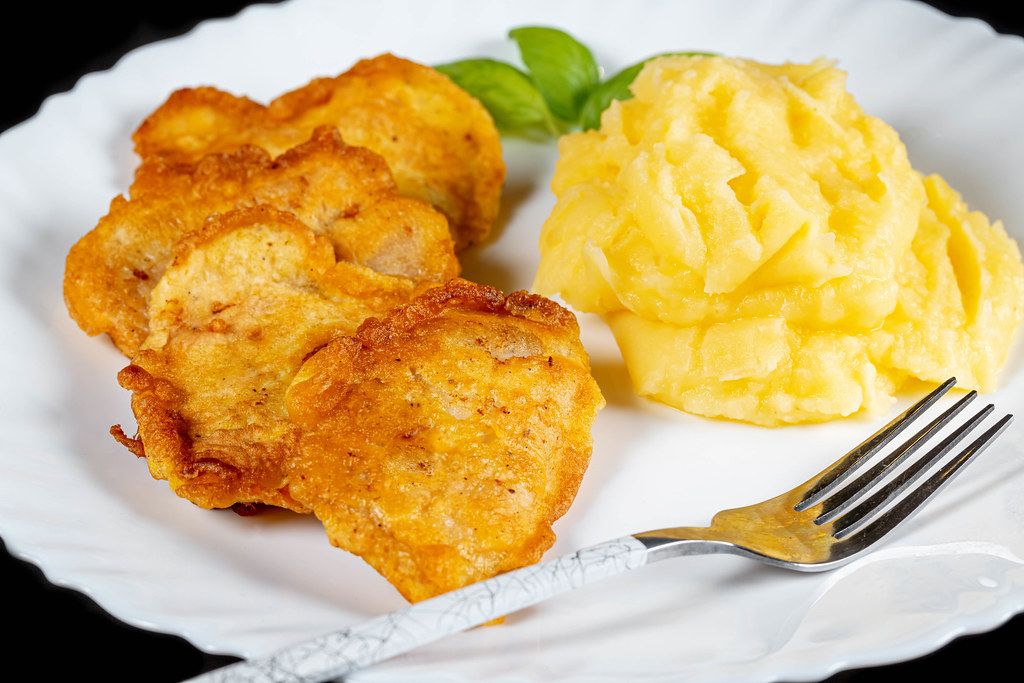The Importance Of Temperature In Mashed Potatoes
Optimal Temperature for Creamy Mashed Potatoes
Optimal Temperature for Mashed Potatoes
The optimum temperature for creamy mashed potatoes is between 120 and a hundred and forty degrees Fahrenheit (49 to 60 levels Celsius).
This temperature range permits the potatoes to retain their creamy texture whereas nonetheless being sizzling sufficient to get pleasure from.
If the potatoes are too chilly, they are going to be lumpy and unappetizing.
If they’re too scorching, they will be dry and sticky.
The optimum temperature for mashed potatoes calories potatoes normally is between a hundred seventy five and 195 degrees Fahrenheit (79 to 90 levels Celsius).
This temperature vary allows the potatoes to be cooked through whereas still being fluffy and tender.
If the potatoes are too chilly, they will be undercooked and onerous.
If they are too hot, they will be overcooked and mushy.
Benefits of Optimal Temperature
The Importance of Temperature in Mashed Potatoes
Optimal Temperature for Creamy Mashed Potatoes:
- 175-195°F (80-90°C)
Benefits of Optimal Temperature:
- Prevents starch gelatinization, resulting in a clean and creamy texture
- Activates enzymes that break down starch and sugars, enhancing flavor
- Inhibits bacterial progress, guaranteeing the potatoes remain protected for consumption
Impact of Temperature on Texture
Low Temperature: Gummy Potatoes
Low Temperature: Gummy Potatoes
When potatoes are cooked at a low temperature, the starches in the potatoes absorb an extreme amount of water and turn out to be gummy. This is as a outcome of the starch granules do not have sufficient time to gelatinize, or break down, they usually stay intact. The result’s a mashed potato that is sticky and unpleasant to eat.
To avoid gummy potatoes, cook them at a excessive temperature (at least 212 levels Fahrenheit) for a brief time period. This will assist the starches to gelatinize properly and produce a easy, creamy mashed potato.
High Temperature: Dry Potatoes
Impact of Temperature on Texture: High Temperature: Dry Potatoes
As the temperature of the potatoes will increase, the starch granules start to soak up water and swell. This causes the potatoes to turn into softer and more pliable.
However, if the temperature is just too high, the starch granules will break down and the potatoes will turn into dry and crumbly.
The perfect temperature for mashing potatoes is between a hundred and eighty and 200 levels Fahrenheit (82 to 93 levels Celsius).
At this temperature, the starch granules will absorb simply sufficient water to make the potatoes gentle and creamy, with out breaking down and changing into dry.
Temperature Control Methods
Thermometer Usage
Temperature control is crucial when making mashed potatoes as a outcome of it affects the feel, consistency, and taste of the dish.
Thermometer Usage:
- Insert a digital or instant-read thermometer into the middle of the potatoes to check their inner temperature.
- The optimum internal temperature for mashed potatoes is between 180-195°F (82-90°C).
- Avoid overcooking, as this could make the potatoes mushy and watery.
Temperature Control Methods:
- Slow Cooker: Cook potatoes on low for a quantity of hours until tender, sustaining a temperature round 185°F (85°C).
- Double Boiler: Place potatoes in a heatproof bowl over a pot of simmering water, keeping the potatoes at a mild temperature of 180°F (82°C).
- Microwave: Heat potatoes at a lower wattage for an extended length, checking the temperature incessantly to avoid overcooking.
Remember, the type of potatoes and cooking technique can affect the temperature. Regular potatoes might require higher temperatures than waxy potatoes. Additionally, modify the temperature as wanted to take care of the specified consistency of the mashed potatoes.
Temperature-Controlled Cooking Devices
Temperature Control Methods
– Thermometers: Essential tools for measuring and monitoring meals temperature precisely.
– Temperature Probes: Inserted into food to offer real-time temperature readings.
– Timers: Used to regulate cooking time and forestall overcooking or undercooking.
Temperature-Controlled Cooking Devices
1. Sous Vide:
– Vacuum-seals food and cooks it in a precisely controlled water bathtub.
– Ensures constant and evenly cooked dishes.
2. Induction Cooktops:
– Generate heat immediately in the cooking pan.
– Allow for exact temperature adjustment and fast temperature adjustments.
3. Convection Ovens:
– Circulate sizzling air round meals, providing even warmth distribution.
– Ideal for baking and roasting at managed temperatures.
four. Slow Cookers:
– Cook meals at a low temperature for extended periods.
– Maintain constant temperatures to tenderize and flavor meals.
5. Instant Pots:

– Versatile cooking units that combine stress cooking, sluggish cooking, and different functions.
– Allow for exact temperature management in numerous cooking modes.
